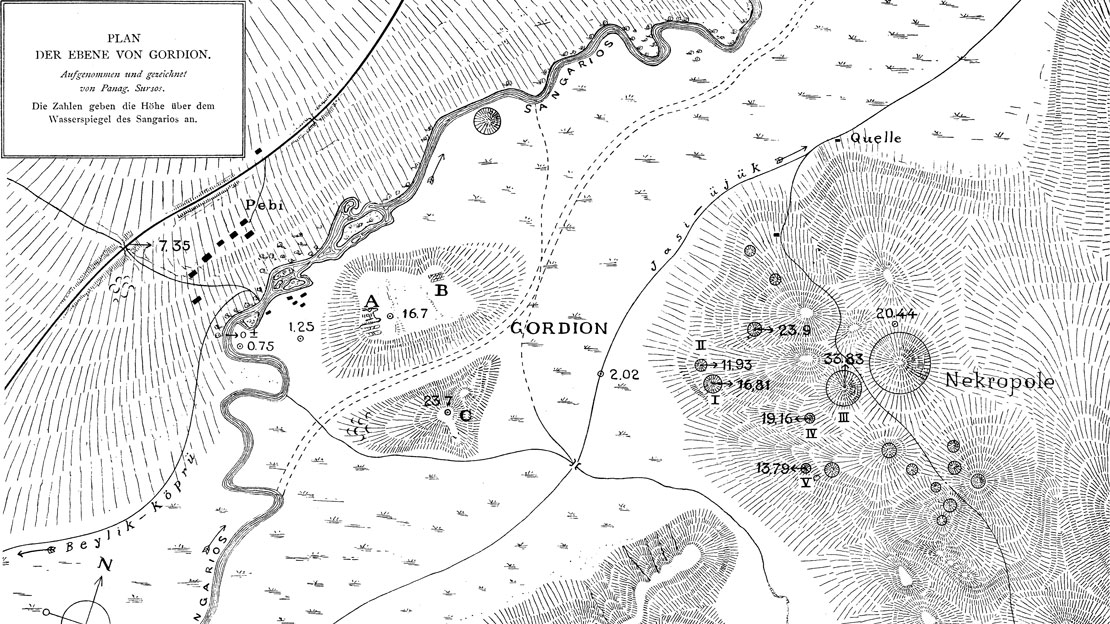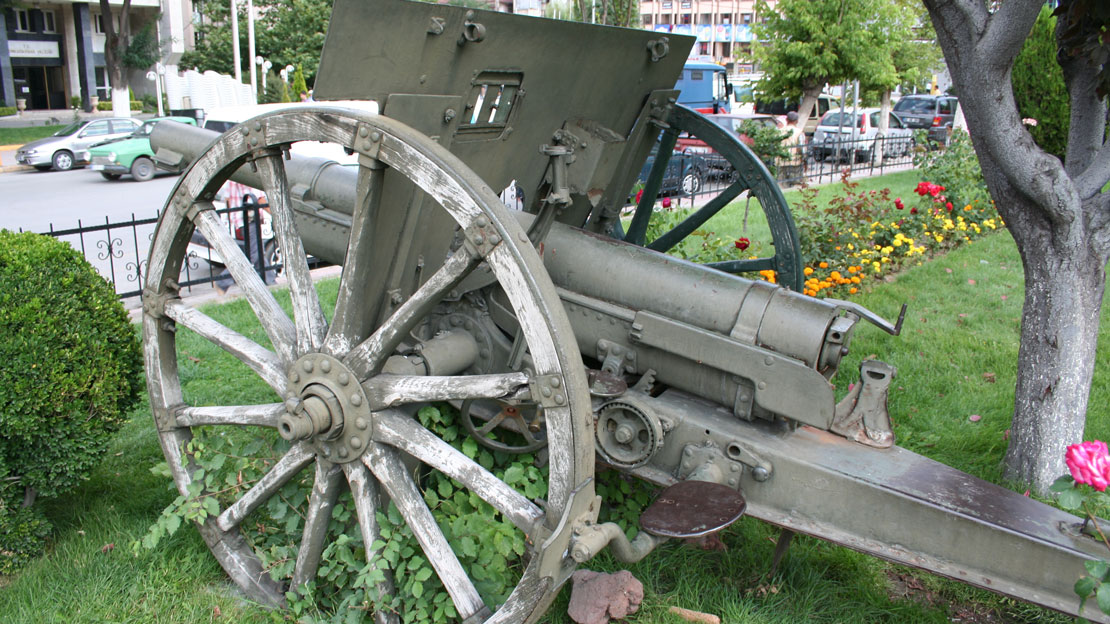Ottoman Gordion

From its beginnings as an emirate in the Medieval period, the Ottoman empire had emerged as the most powerful state in Anatolia and the Balkans by the mid-15th century CE, reaching the height of its power in the 16th and 17th centuries when it controlled a vast territory in eastern Europe, the Near East, and North Africa. In decline by the late 19th century, the empire was on the losing side in World War I. Threatened with partition of Turkish territory by the victorious allies under the terms of the Treaty of Sèvres, the Turkish War of Independence (Kurtuluş Savaşı, 1919-1923) was begun and won by by the Turkish National Movement led by Mustafa Kemal Pasha (Atatürk). The Ottoman empire formally ended in 1923 with the creation of the modern Republic of Turkey.
Very little is currently known about the Gordion area during the Ottoman empire, although research on documentary and cartographic sources would undoubtedly shed more light. It lay within the large administrative province of Anatolia (Anadolu). With the reforms of the later 19th century, it fell under the administrative jurisdiction of the district and subdivision (vilayet and sancak) of Ankara. At this point, occupation was focused on a village named Bebi, lying immediately to the west of the Citadel Mound. Bebi was still being occupied at the end of the 19th century when the Körte brothers commenced their investigations at Gordion, and it was duly marked on their map of 1900. The modern settlement of Yassıhöyük had not yet come into existence.
The final chapter in the history of Ottoman-period Gordion is the climactic Battle of the Sakarya in 1921 (August 23 – September 13). This was the major military engagement of the Turkish War of Independence, when the Turkish army commanded by Mustafa Kemal and Fevzi Çakmak engineered the defeat of the Greek forces that had commenced operations in Anatolia in 1919. The village of Bebi was destroyed during this fierce action. Archaeological evidence spread over a wide area includes fox-holes, spent shells, and a few casualties, which is reminiscent of the evidence for the 1915 Gallipoli campaign at Troy.


